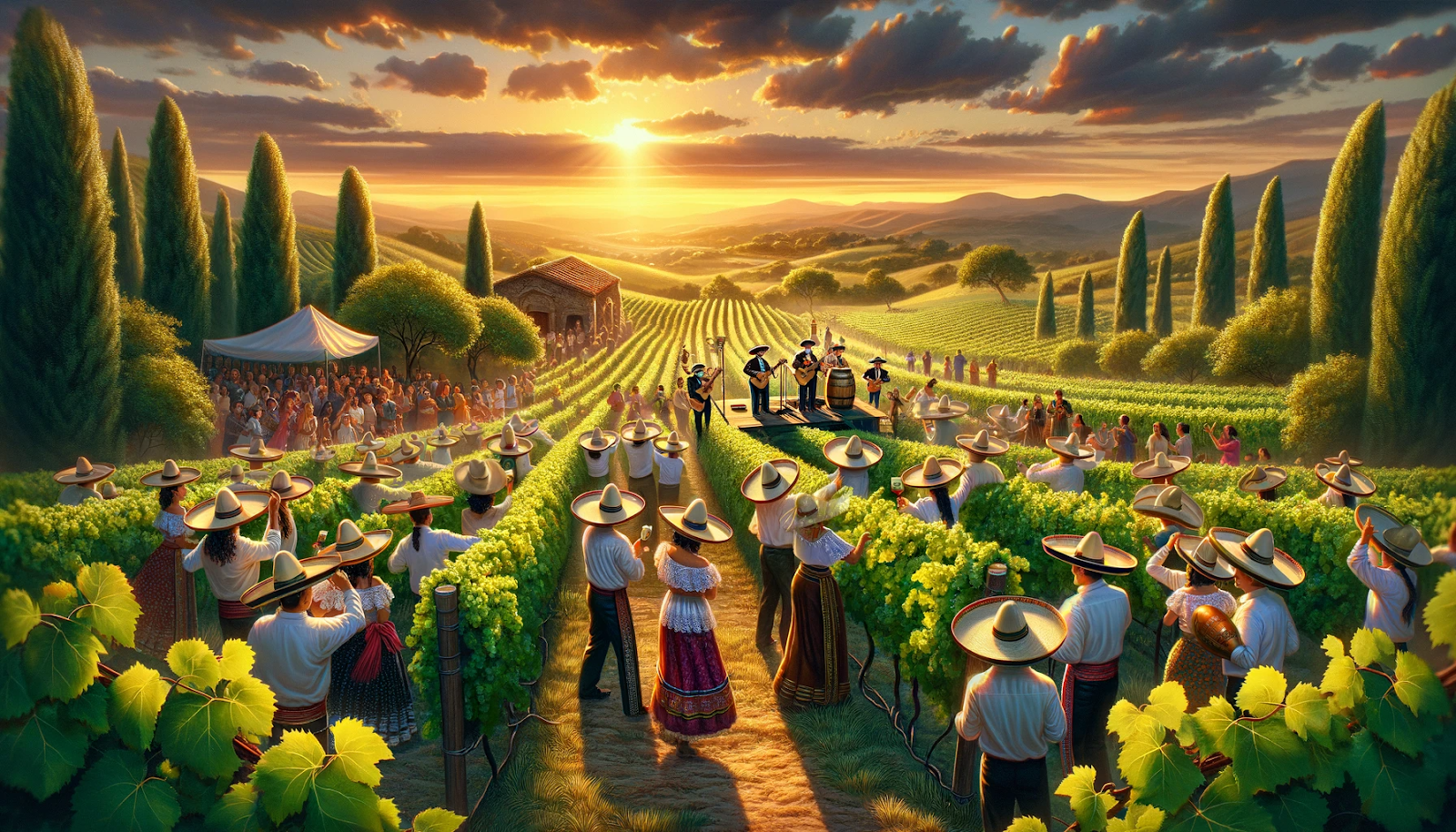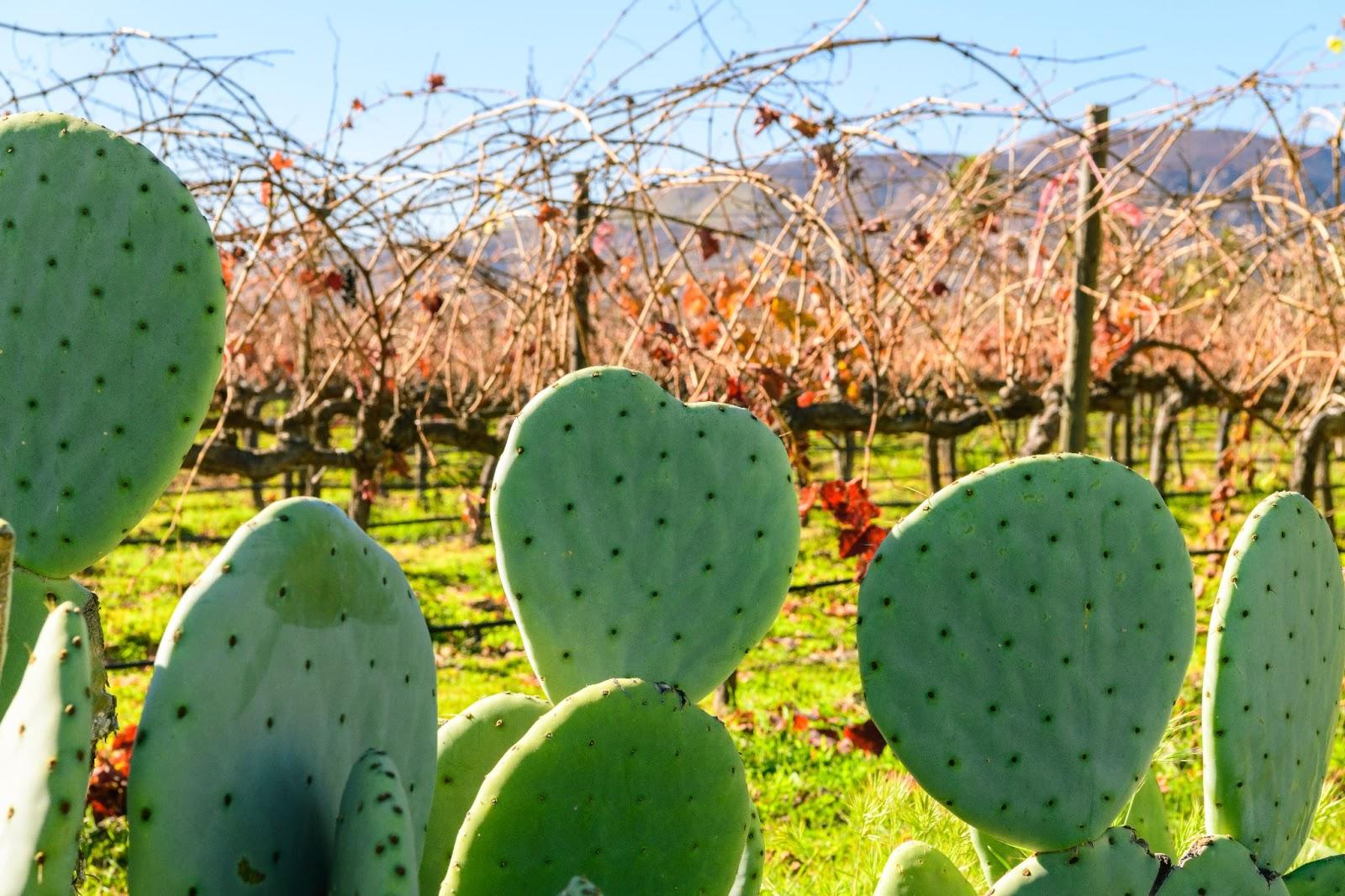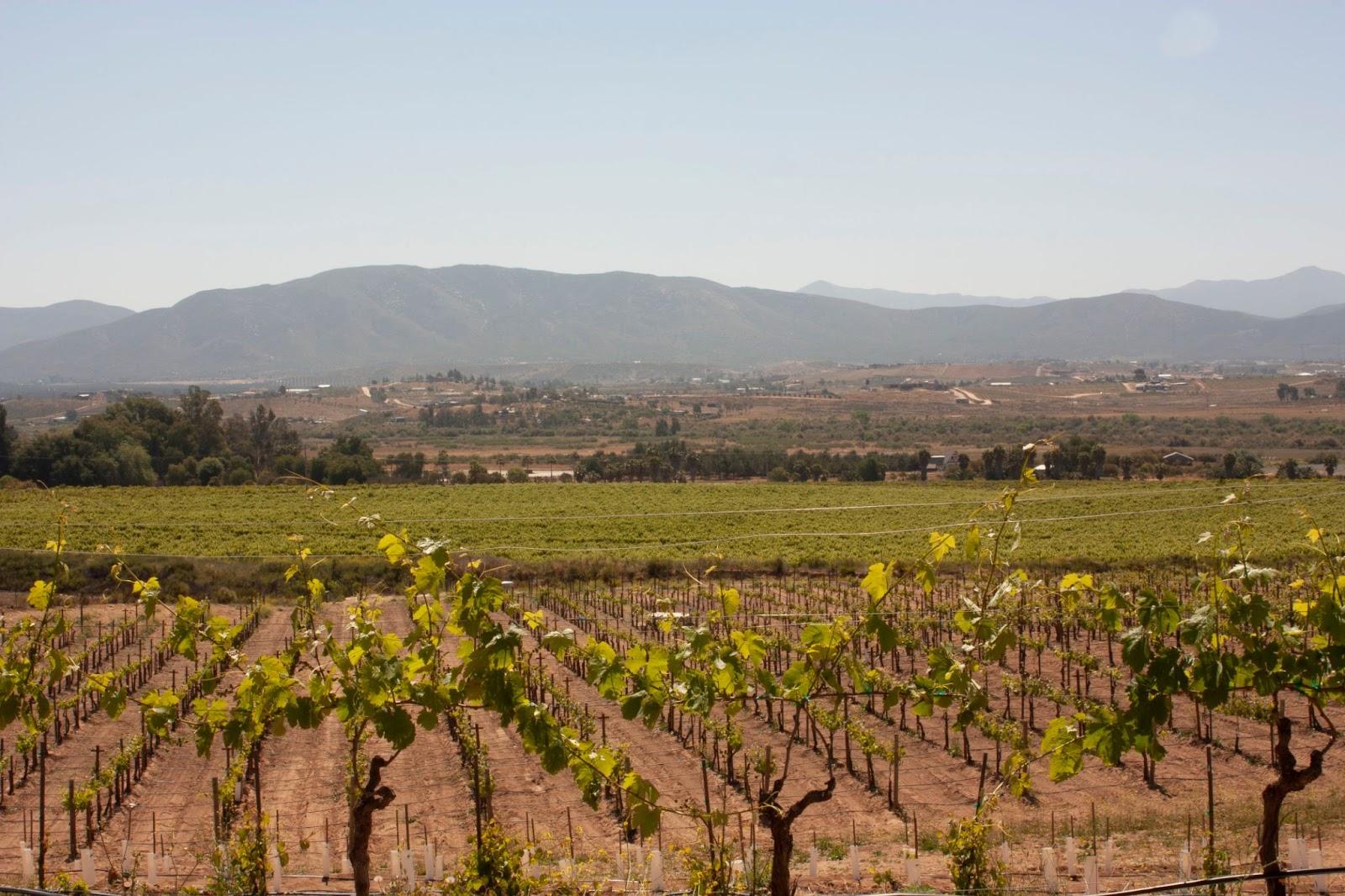- Wine Color/Type
- Top Occasions
- Unique Wines
- Surprise Me!
¡Viva el Vino Mexicano!
Mexican Wine 101 with VinoVoss
The history of Mexico is deeply intertwined with the cultivation and influence of wine. Contrary to popular belief, the Mexican wine heritage spans thousands of years. It can be traced back to the civilizations of the Olmecs, Maya, and Aztecs. These early societies, known for their impressive architectural achievements and advancements in mathematics and astronomy, laid the cultural foundations of the region.
While vinifera grapes were not yet available, these American civilisations were familial with alcohol drinking. The Agave wine called Pulque was a traditional drink.
Mexico is one of the world's underdogs in producing quality wine. (Photo: DallE)
The advent of the Spanish conquistadors, led by Hernán Cortés in 1519, not only marked the beginning of colonial rule but also introduced viticulture to Mexico. The Spanish brought grapevines, igniting the wine industry that would become an integral part of Mexico's agricultural and cultural landscape.
During the colonial era, Mexico's wine production initially flourished, especially in missions where missionaries used wine for religious purposes. However, to protect Spanish wine, the crown later imposed restrictions on Mexican wine production. This led to a decline in the thriving industry. After Mexico's hard-won independence in 1821, these restrictions were lifted, allowing wine production to slowly resume and evolve.
The 19th and 20th centuries saw periods of turbulence and transformation. Most importantly, the Mexican-American War, the profound social changes of the Mexican Revolution, and periods of both authoritarian and democratic rule. Throughout these times, the wine industry in regions like Baja California continued to develop, albeit at a slower pace. It was greatly influenced by European immigrants who brought their winemaking knowledge and techniques.
In recent decades, Mexican wine has experienced a renaissance. The focus now is on quality and the development of a unique Mexican character in winemaking. This resurgence reflects Mexico’s broader historical journey—a blend of indigenous traditions, colonial influence, and modern innovation. Today, wine is not only an agricultural product but also a symbol of Mexico's rich history, diverse culture, and continuous evolution.
The Terroir of Mexico's Wine Regions
Vines are growing beside cactuses. (Photo: DaryaU/stock.adobe.com)
Mexico's wine regions are primarily located in the northern part of the country. Baja California is leading as the most prominent wine-producing area.
This region enjoys a Mediterranean climate, characterized by warm, dry summers and mild, wet winters – conditions ideal for viticulture. The terroir of Baja California is diverse, with a mix of granite and sandy loam soils.
The proximity to the Pacific Ocean provides a cooling maritime influence. Grapes enjoy cooler temperatures and grow in unique conditions. The varied topography, including valleys and hills, allows for different microclimates, each imparting distinct characteristics to the wine. The similarities with the California of the United States can not be overlooked!
Mexico's wine industry is known for both red and white varieties. The main grape varieties include:
- Red Grapes: Cabernet Sauvignon, Merlot, Tempranillo, and Zinfandel.
- White Grapes: Chardonnay, Sauvignon Blanc, and Chenin Blanc.
These grapes produce a wide range of wine styles. You can find anything from robust reds to crisp whites and rare sparkling wines. Mexican winemakers are also experimenting with blends, creating unique combinations that reflect the country's diverse cultural influences.
Baja California: The Epicenter of Mexican Winemaking
Valle de Guadalupe
Often referred to as the 'Napa Valley of Mexico', this is the most renowned and developed wine region in the country. Known for its Mediterranean climate, it produces excellent reds and whites.
[insert:wine:adobe-guadalupe-gabriel-2019]
Valle de Santo Tomás and Valle de San Vicente
These valleys, south of Valle de Guadalupe, are cooler and fog-influenced, ideal for Pinot Noir and Chardonnay.
Valle de Ojos Negros
A newer wine region, located at a higher altitude. Its cooler climate contributed to its increasing reputation as a high-quality sparkling wine producer.
[insert:wine:bichi-no-sapiens-2017]
The Northern Regions: Pioneering New Frontiers
Sonora
Known for its extreme desert climate, winemaking in Sonora is challenging but rewarding, with robust reds being the highlight.
Coahuila
Home to the oldest winery in the Americas, Casa Madero. This region in and around Parras Valley offers a unique combination of history and innovation.
The Central Regions: Emerging with Promise
Querétaro
Situated in central Mexico, this area is known for its sparkling wines made using the traditional method.
Aguascalientes
A smaller region, but significant for its production of quality reds, particularly from the Malbec and Merlot varieties.
Zacatecas
High altitude and a dry climate define this region. Producers here are experimenting with a variety of grapes and showing potential, especially for red wines.
The Eastern Regions: New Horizons
Nuevo León
Coastal influences define this region, where experimentation with new varieties is ongoing.
Mexican wines are distinguished by their bold flavors and balance. They are a reflection of the country's rich culinary heritage. The wines often exhibit a unique combination of Old World complexity and New World fruitiness. There's a sense of place in each bottle, telling a story of the land and the people who cultivate it.
The absence of rain and the low availability of water are challenging for winemakers. (Photo. Amalia)
Complex Development
Today, the Valle de Guadalupe, located in Baja California, is the center of Mexican winemaking. Home to over 100 wineries, it offers a range of wine tourism experiences. You can visit both boutique family-run estates to larger, more established vineyards. Wine tourism is flourishing, with visitors enjoying not only the wines but also the region's renowned gastronomy.
[insert:wine:bodegas-henri-lurton-le-nebbiolo-2015]
The Mexican wine industry, while growing, faces challenges. Water scarcity and climate change pose threats to sustainable viticulture. Despite these hurdles, the industry shows resilience and innovation. Today, producers are focusing on sustainable practices and exploring new varieties and techniques.
Mexican wine, particularly from Baja California, showcases the country's rich history, diverse terroir, and the passion of its winemakers. The future of the evolving Mexican wine industry is promising, offering a unique experience to wine enthusiasts around the world.
Peter Douglas
Latest articles



